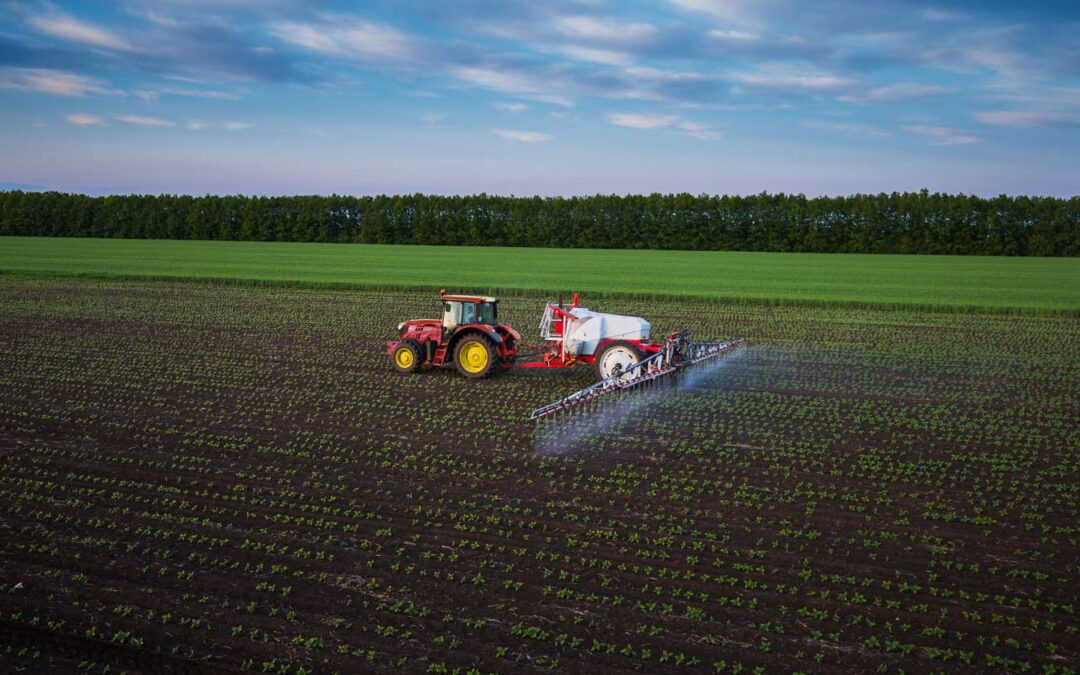This has been an extreme weather year, with devastating floods, terrifying hurricanes, unrelenting heat, drought, and massive rainfall events. Farmers, who are always at the mercy of the weather, have suffered.
According to the National Oceanic and Atmospheric Administration, there have been over a dozen climate disaster events with losses exceeding $1 billion in 2022.
While overall harvests in the United States have been good, some crops have been devastated.
Drought wreaked havoc on the cotton harvest in Texas. In Florida, Hurricane Ian blew oranges from the trees. Due to a lack of water, rice farmers in California have left fields empty, and cattle ranchers are sending more cows to slaughter because drought-stunted pastures can’t support normal calving activity.
Climate change cannot be blamed directly for every bad harvest or extreme weather event this year, but the effects of climate change, such as drought and rainier hurricanes, will harm harvests across the country in 2022. More is on the way, according to climate models.
Scientists have been warning for decades that rising global temperatures will cause “weather weirding.”
Every year, our nation’s farmers become smarter and more resilient, but adapting to the extreme variability they face becomes increasingly stressful, according to Erica Kistner-Thomas of the United States Department of Agriculture’s Institute of Food Production and Sustainability.
“One year will be the best year ever, and the next year will be hit with a major flooding event or drought,” she predicted.
Here are some crops that had a difficult year in 2022:
Rice In California
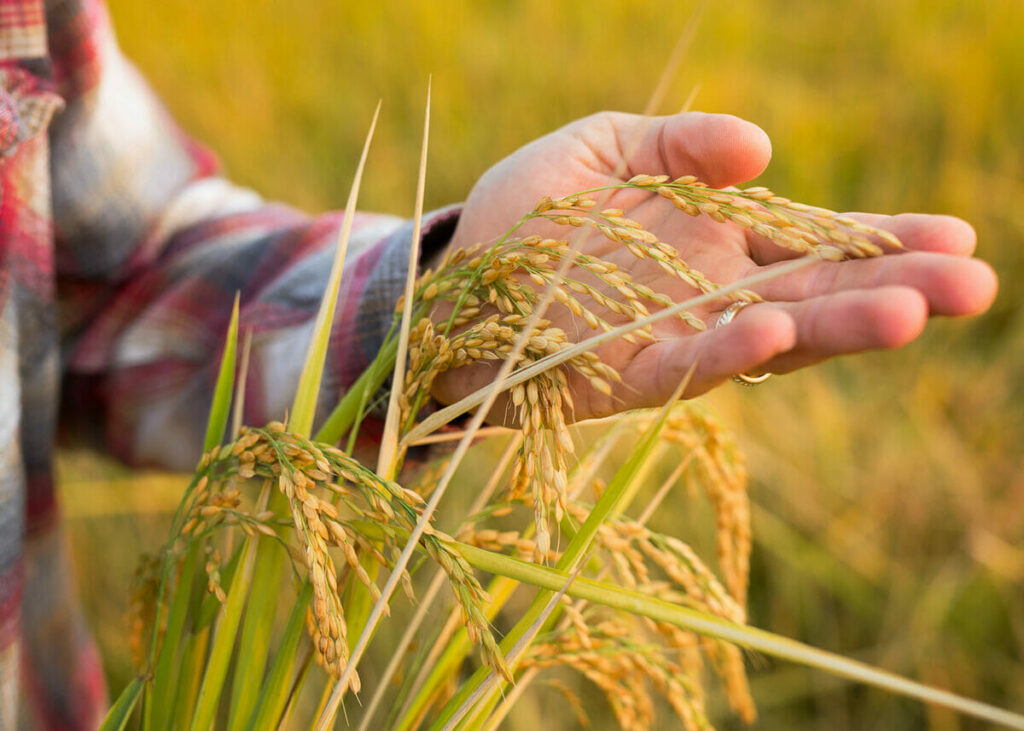
The West’s “megadrought,” the worst in 1,200 years, has had a massive impact on farming in California. Due to a lack of irrigation water, 7% of the state’s cropland went unplanted.
Rice, which relies on surface water, was particularly hard hit. According to the USDA, more than half of the state’s rice acres went unplanted.
“In California, rice is a major crop. We have the most medium and short grain acres in the country “Gary Keough of the National Agricultural Statistics Service explained.
“A large number of acres were not planted simply due to a lack of water,” he explained.
Sean Doherty, a fifth-generation rice farmer in Colusa County north of San Francisco, was only able to plant four of his usual 20 rice fields.
“I’ve never experienced a year like this,” he said. “There’s just no comparison to other years whatsoever.”
Sean Doherty, a fifth-generation rice farmer in Colusa County north of San Francisco, was only able to plant four of his usual 20 rice fields.
Because there was so little water, his fields, which would normally have held thousands of pounds of premium sushi rice, are now bare dirt. “We re-leveled some fields to improve water efficiency just to keep my guys busy,” he explained. But efficiency is useless when there is no water to be found.
“You can’t save your way out of a hole,” Doherty said.
Doherty is doing well for the time being because he has crop insurance. However, this will not help the businesses in his county that rely on farmers to survive. “My crop dusters aren’t insured; my parts store and fertilizer dealers are out of business,” he explained.
Citrus In Florida
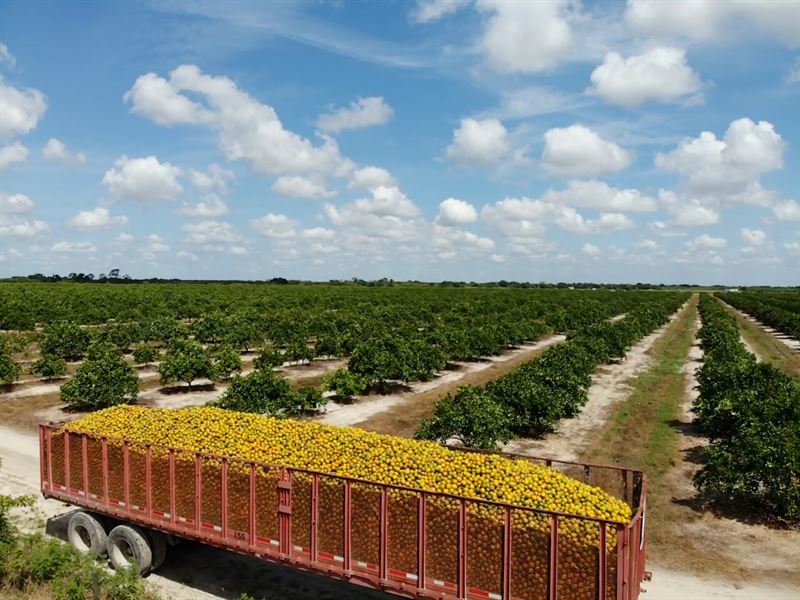
Hurricane Ian pounced on John Matz’s orange and grapefruit groves. He lost more than half of his crop because it was blown off the trees.
“It’s pretty disgusting looking at the amount of fruit on the ground,” said the grower in Wauchula, Florida.
The wind was just the beginning. Standing water wreaked havoc on root systems. More bad news is on the way, even after the waters have receded and the fallen fruit has been counted for insurance purposes, according to Roy Petteway, president of the Peace River Valley Citrus Growers Association.
“Trees are extremely sensitive; they aren’t like squash or cucumber,” he explained. “It’s possible that you won’t see the full extent of the damage for eight months to a year.”
He’s not convinced that human-caused global warming is to blame for the weather changes he’s observing, but there is definitely change in the land his family has owned in Zolfo Springs, Florida, for generations.
“I’m 36 years old, and I’ve survived three once-in-a-lifetime storms,” he said.
He’s not about to give up after six generations in Florida. “We have no idea how to fail. There’s a reason why our license plates are orange.”
According to Ray Royce of the Highlands County Citrus Growers, because Florida grows citrus primarily for juice, the impact on consumer fruit prices should be minimal. However, every storm that damages crops is another setback for fruit grown in the United States.
“We’ll bring in replacement juice from Brazil and Mexico,” he said. “It eventually becomes cheaper for processors to ship it in. All of the juice you drink now is a hybrid of domestic and imported juice.”
Cattle in Texas
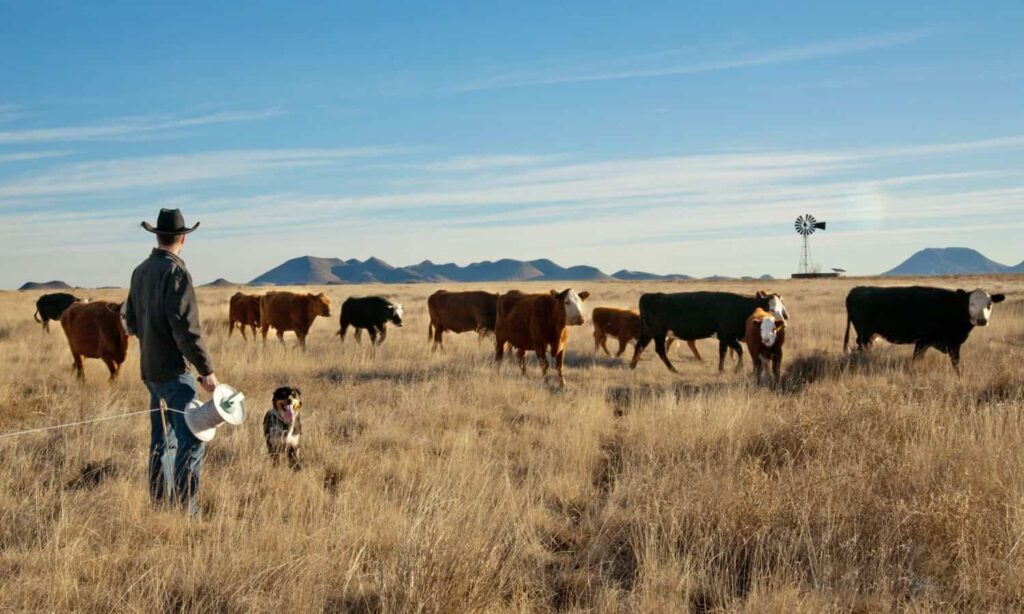
Beef prices are expected to rise in 2023 and 2024, owing to a drought in Texas that is forcing ranchers to send more cows to slaughter.
“There isn’t enough grass to eat, and buying feed has become prohibitively expensive.” Because of the drought, we’ve had a lot of culling this year,” said David Anderson, a livestock specialist at Texas A&M University.
He explained, “We’re sending young female heifer cows to feed lots because we don’t have enough grass to keep them.” Cows that would normally have a calf in the next few years will be slaughtered instead.
Beef slaughter is up 13% nationally and 30% in the Texas region.
“That will result in cheaper beef in the near future. We’re going to produce more than 28 million pounds of beef this year, which will be a record “Anderson said.
However, it will result in greater pricing over time.
In around 20 months, the calves that may have been born in the spring of 2023 would be ready for slaughter. There will therefore be fewer animals to slaughter and higher prices in the fall of 2025.
According to Kistner-Thomas of the USDA, there will be a shortage of beef and prices will likely increase. As more individuals choose chicken over beef, this might potentially increase the cost of other meat
Currently, Texas is home to 14% of the country’s beef cow herd, but ranchers may face more difficulties as the climate changes.
According to Anderson, these incidents are happening increasingly frequently. Severe droughts are occurring increasingly frequently in the state. And when the rains do arrive, they do so in distinct bursts rather than over a longer period of time than in the past.
The same amount of rain may fall, but it will all fall in one afternoon, he added. “We won’t have that pattern any more since the plants are evolved to another pattern.”
Almonds In California
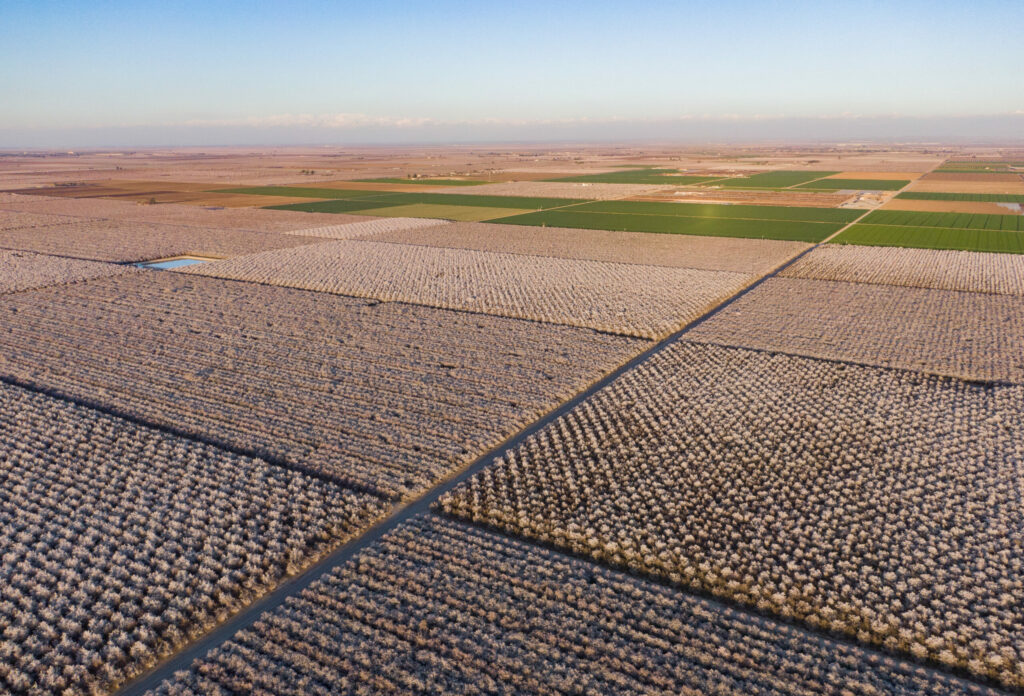
The marzipan for Christmas this year won’t be impacted, but considering the one-two punch California’s almond orchards received this year, the marzipan for Christmas next year might be.
Initially, a sudden freeze during the final week of February killed some of the fruit as it was developing. Farmers had to decide which trees could receive enough water to yield as a result of the prolonged megadrought in Western countries.
According to Richard Waycott, CEO of the California Almond Board, some growers are abandoning the industry altogether or watering trees sparingly in the hopes that there will be more water in the future.
“Typically, you just grit your teeth and endure it.”
82% of the almonds in the world are grown in the United States, nearly exclusively in California. The harvest in 2022 was down 11% from the previous year. Production may decrease by as much as 2.6 billion pounds this year.
Cotton in Texas
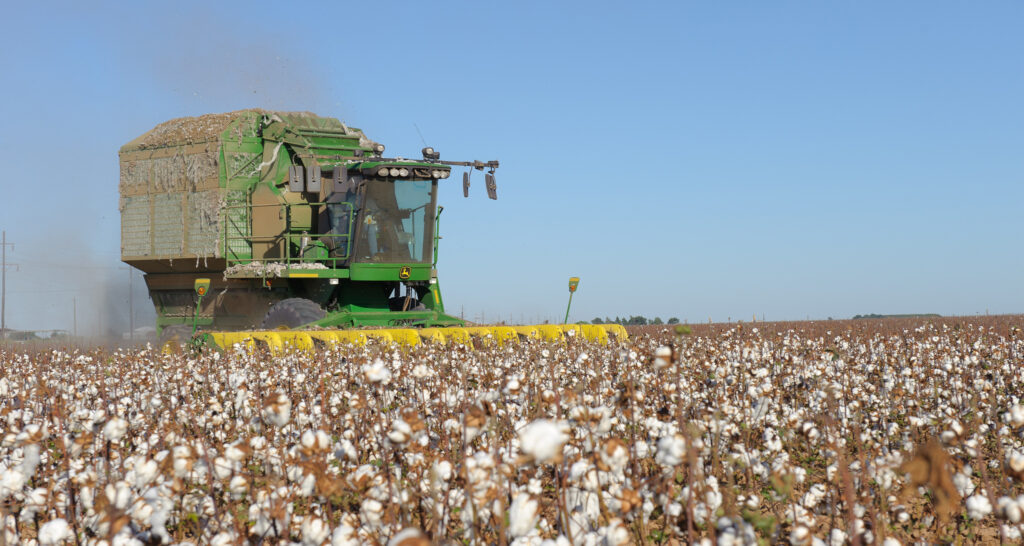
According to John Robinson, a professor and expert in cotton marketing at Texas A&M University in College Station, Texas, Texas is the country’s top grower of cotton, but this year’s drought has reduced the harvest by at least a third.
In comparison to a typical year, this one is expected to produce less than 4 million bales, the man claimed. “After being seeded, cotton simply failed to sprout. Many acres of land were just plowed up since the seeds were never able to sprout.”
The ratio of unharvested acres to all planted acres is known as the “abandonment rate.” According to Robinson, Texas’ abandonment rate for cotton this year is 68%, “which is a record.”
What does climate change mean for the future of US farming? Preparation is key.
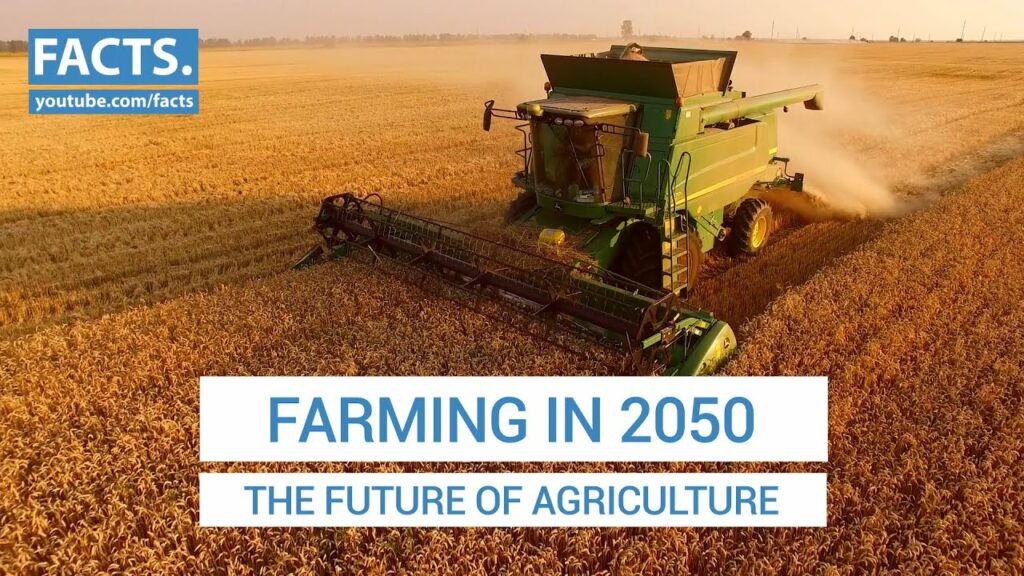
If not for advancements in plant breeding, conditions would have been much worse, according to Paul Mitchell, a professor of agriculture and applied economics at the University of Wisconsin, Madison.
He claimed that compared to 20 years earlier, crops were more resistant to dry conditions.
Better breeds won’t always be able to save farmers as the types of severe weather events that can destroy crops become more frequent, according to Ariel Ortiz-Bobea, an economist at Cornell University who analyzes how agriculture is coping with environmental change.
He claimed that although agricultural productivity in the US was increasing, it was not getting more resilient to extremes. “Are we taking steps to prepare for the odd as it becomes more common when terrible years start to line up?”
Download The Radiant App To Start Watching!
Web: Watch Now
LGTV™: Download
ROKU™: Download
XBox™: Download
Samsung TV™: Download
Amazon Fire TV™: Download
Android TV™: Download

